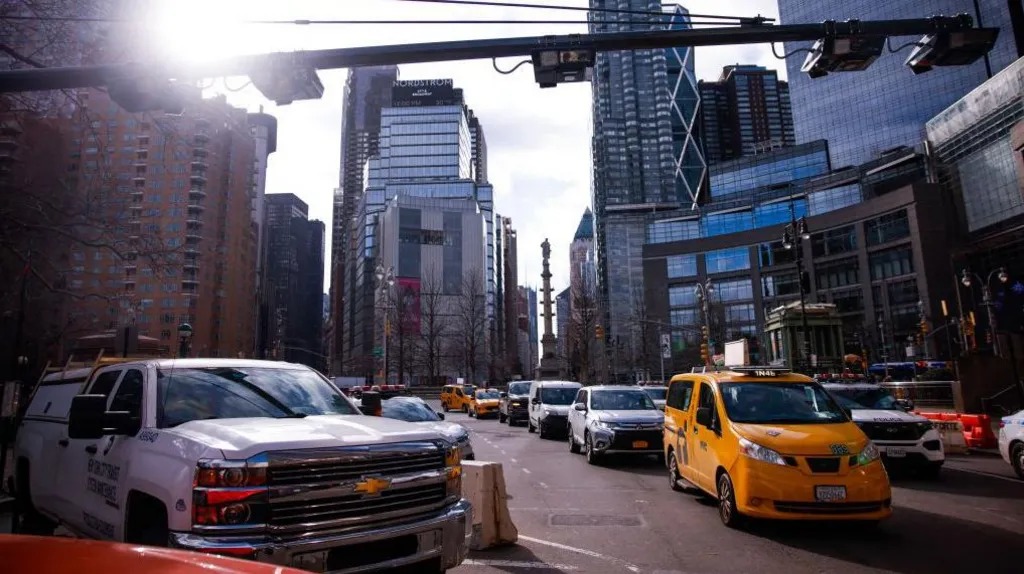
The Details of the Congestion Charge
How the Congestion Charge Works
Drivers entering Manhattan’s congestion zone, south of Central Park, are subject to fees:
- Cars: $9 during peak hours, $2.25 off-peak.
- Small Trucks/Buses: $14.40 during peak hours.
- Large Trucks/Tourist Buses: $21.60 during peak hours.
Over 1,400 cameras monitor traffic at 110 detection points, automatically charging vehicles via E-Z Pass accounts.
Objectives of the Scheme
Why New York Introduced the Congestion Charge
- Easing Traffic: Manhattan has been ranked the world’s most congested urban area, with peak-hour speeds as low as 11 mph.
- Funding Public Transit: Billions in revenue will go toward improving the Metropolitan Transit Authority (MTA).
- Environmental Impact: Reducing vehicle emissions is a key goal of the scheme.
Support and Opposition
Mixed Reactions to the Congestion Charge
Supporters:
- Public Transport Advocates: Highlight the potential for improved subways and buses.
- Environmentalists: Applaud the initiative to lower emissions and encourage sustainable transport.
Phil Bauer, a Manhattan surgeon, expressed optimism:
“The idea is good to minimise traffic and promote public transportation.”
Critics:
- Commuters and Businesses: Complain about increased costs and potential disruptions.
- Political Opposition: President-elect Donald Trump vowed to dismantle the scheme, calling it an unfair burden.
- Neighboring States: New Jersey officials attempted to block the scheme, citing environmental spillover effects.
Early Impact
First Day Observations
Reports indicate smoother traffic flow along the congestion zone’s northern boundary at 60th Street. Many drivers, however, were unaware of the new charges.
MTA CEO Janno Lieber stated:
“Drivers will see toll charges on their E-Z Pass bills in the coming days.”
Challenges and Future Outlook
What Lies Ahead for New York’s Congestion Charge
While the scheme promises long-term benefits, its success hinges on:
- Public acceptance.
- Political stability under the incoming administration.
- Continued investment in public transit infrastructure.
Conclusion
New York’s congestion charge represents a bold move to tackle urban challenges and pave the way for sustainable city living. Despite opposition, it sets a precedent for other US cities grappling with similar issues.
External and Internal Links
- External Link: Learn about global congestion charge success stories
- Internal Link: Explore urban sustainability strategies



